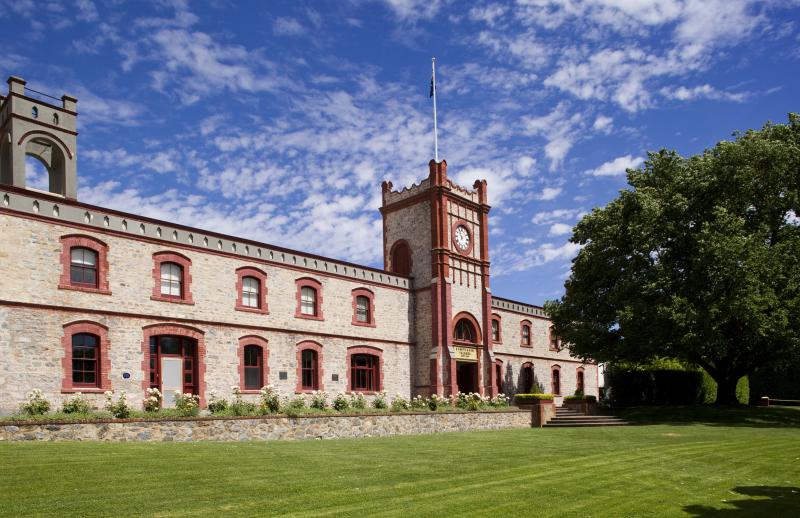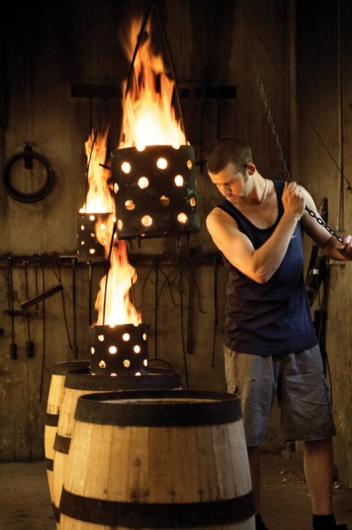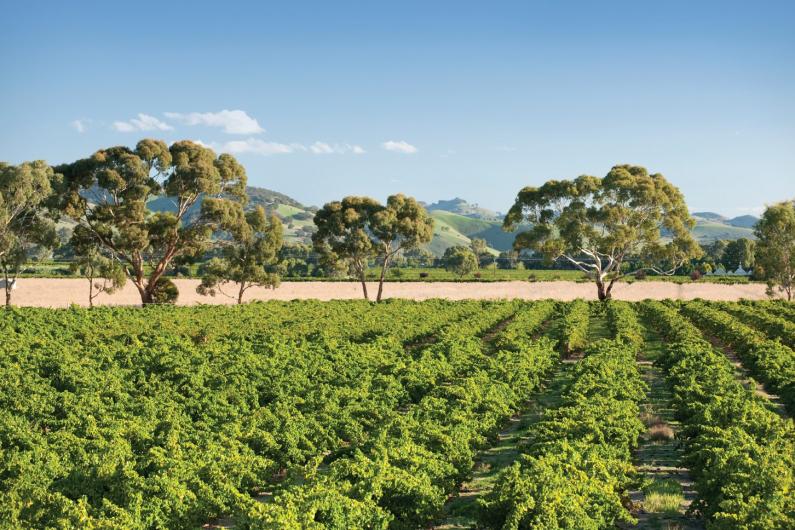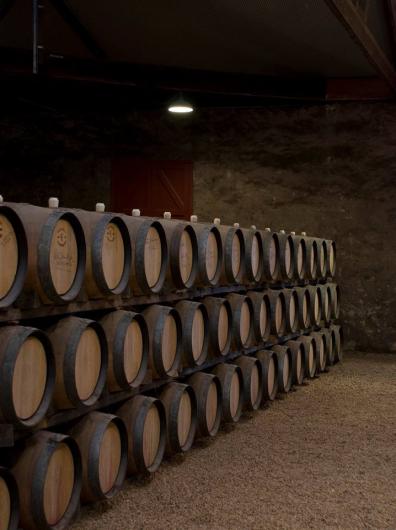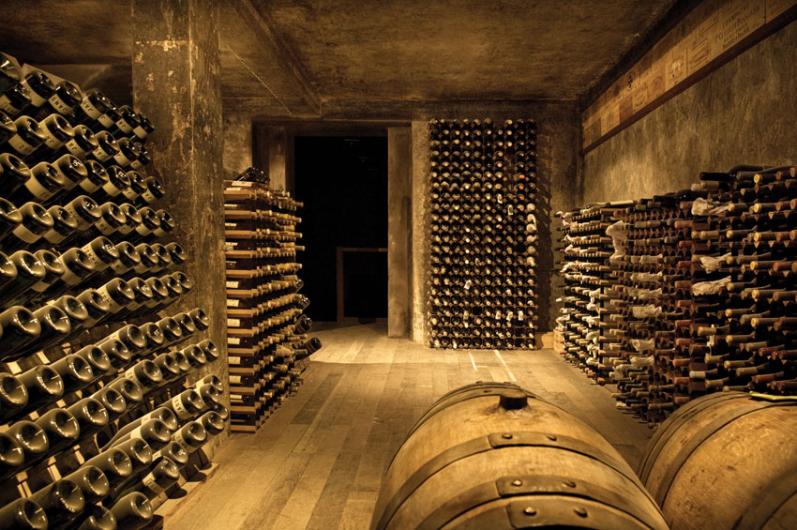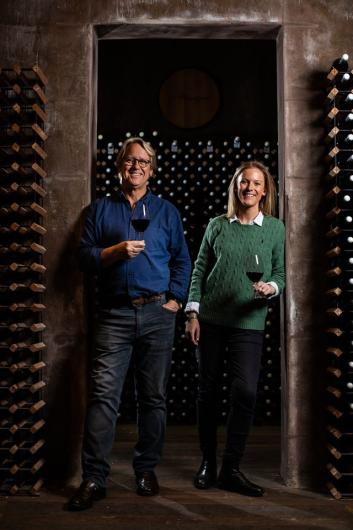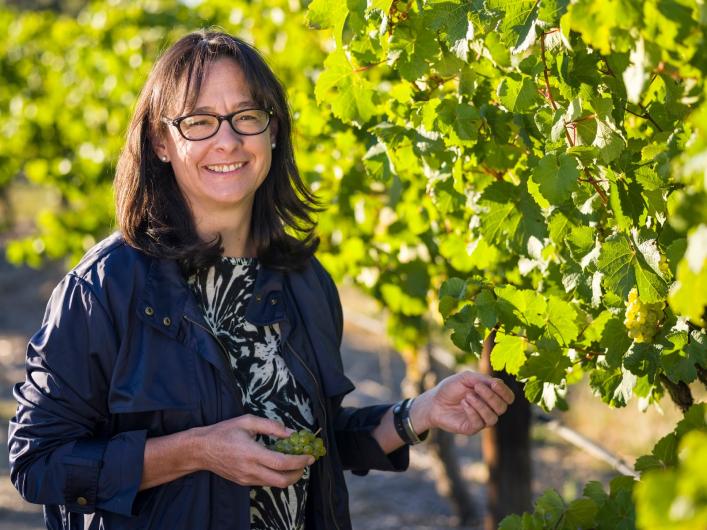Yalumba Samuel's Collection Eden Valley Viognier

Wine Description
With 170 years of unbroken independence, Yalumba continues to make wine at its founder’s home estate under direction of the same family today. Samuel’s Collection honours Yalumba’s founder Samuel Smith, his spirit of independence and conviction to invest in the land and make great wine.
 Acclaim
Acclaim
 Vineyard & Production Info
Vineyard & Production Info
 Winemaking & Aging
Winemaking & Aging
 Analytical Data
Analytical Data
 Wine Production
Wine Production
After harvest, 60% of the fruit was gently pressed directly into old French oak barriques and puncheons and the remainder into stainless steel tanks. The juice was allowed to passively interact with the air, oxidising out any bitter phenolics and creating a perfect environment for the wild yeasts, natural to the vineyard, to begin fermentation. The wine was left on lees which, with regular bâtonnage for 10 months, increased the complexity and creaminess of the wine and further heightened the palate weight.
 About the Vineyard
About the Vineyard
The growing season began with a wet winter and spring, providing plenty of water throughout the root zone for the vines to access. Spring and early summer temperatures were mild and below average, resulting in a long, even ripening period. Warm, dry days with cool nights during late summer and autumn were ideal for grape growing, producing
Viognier grapes with pristine fruit flavours.


